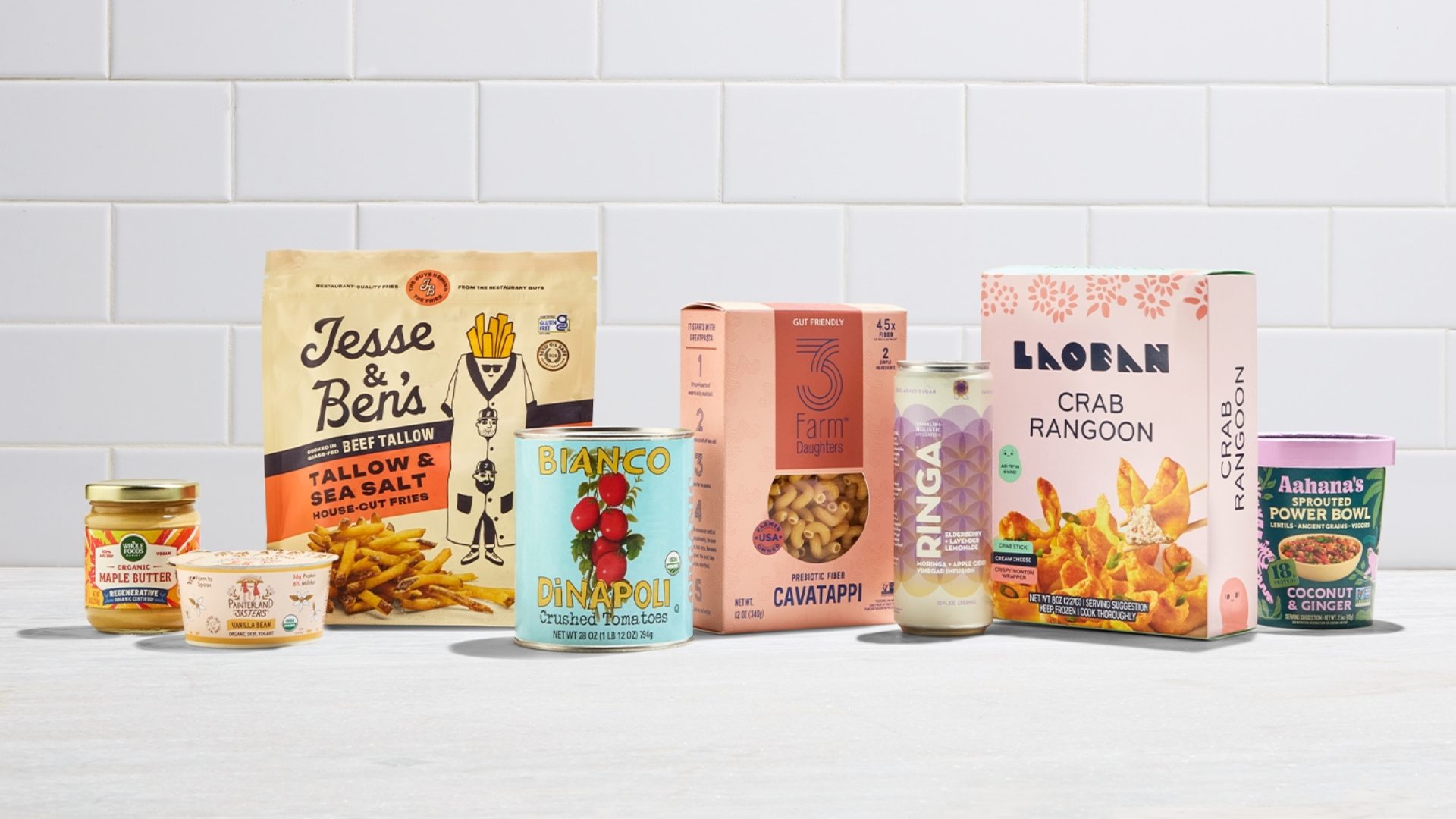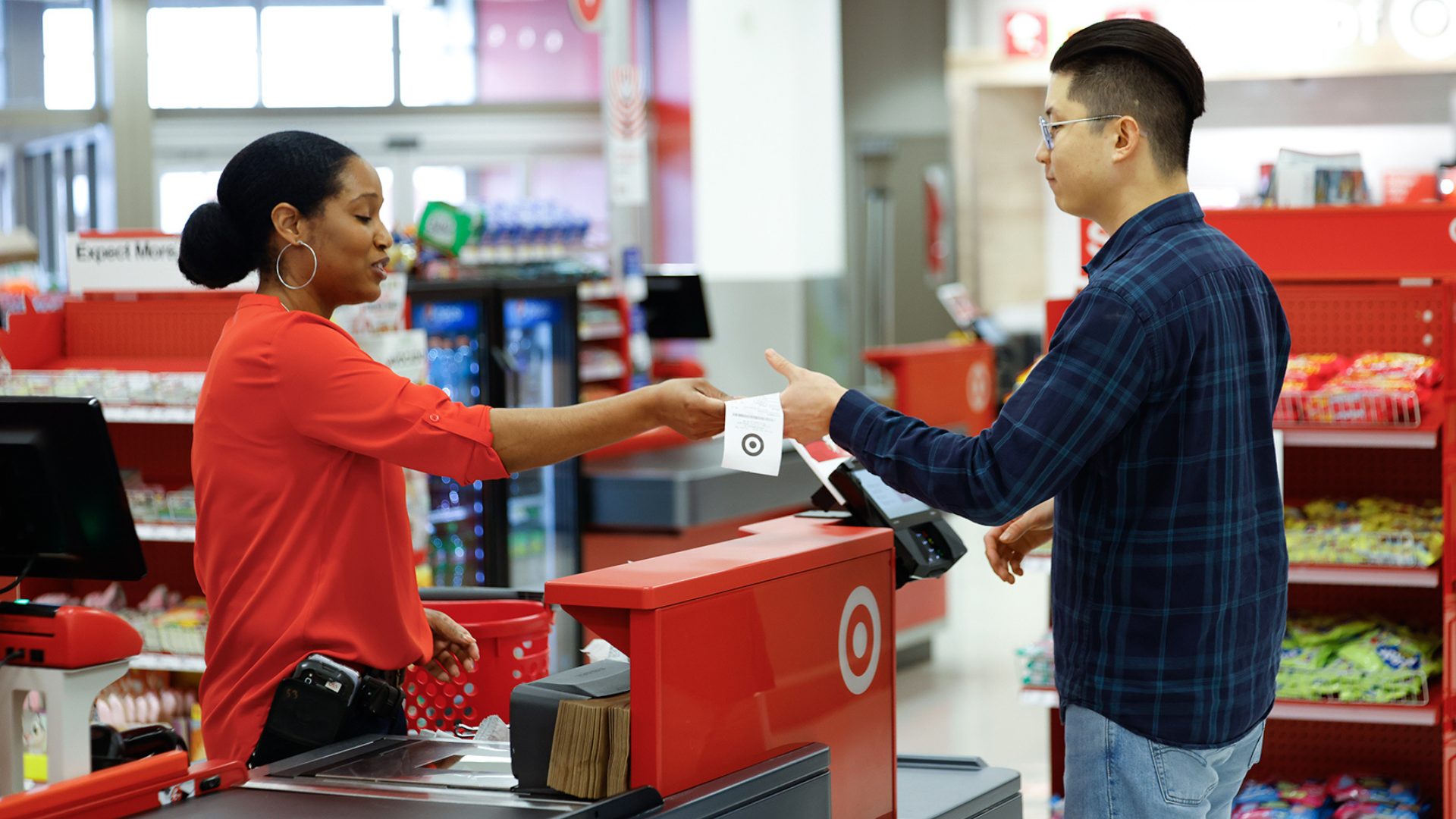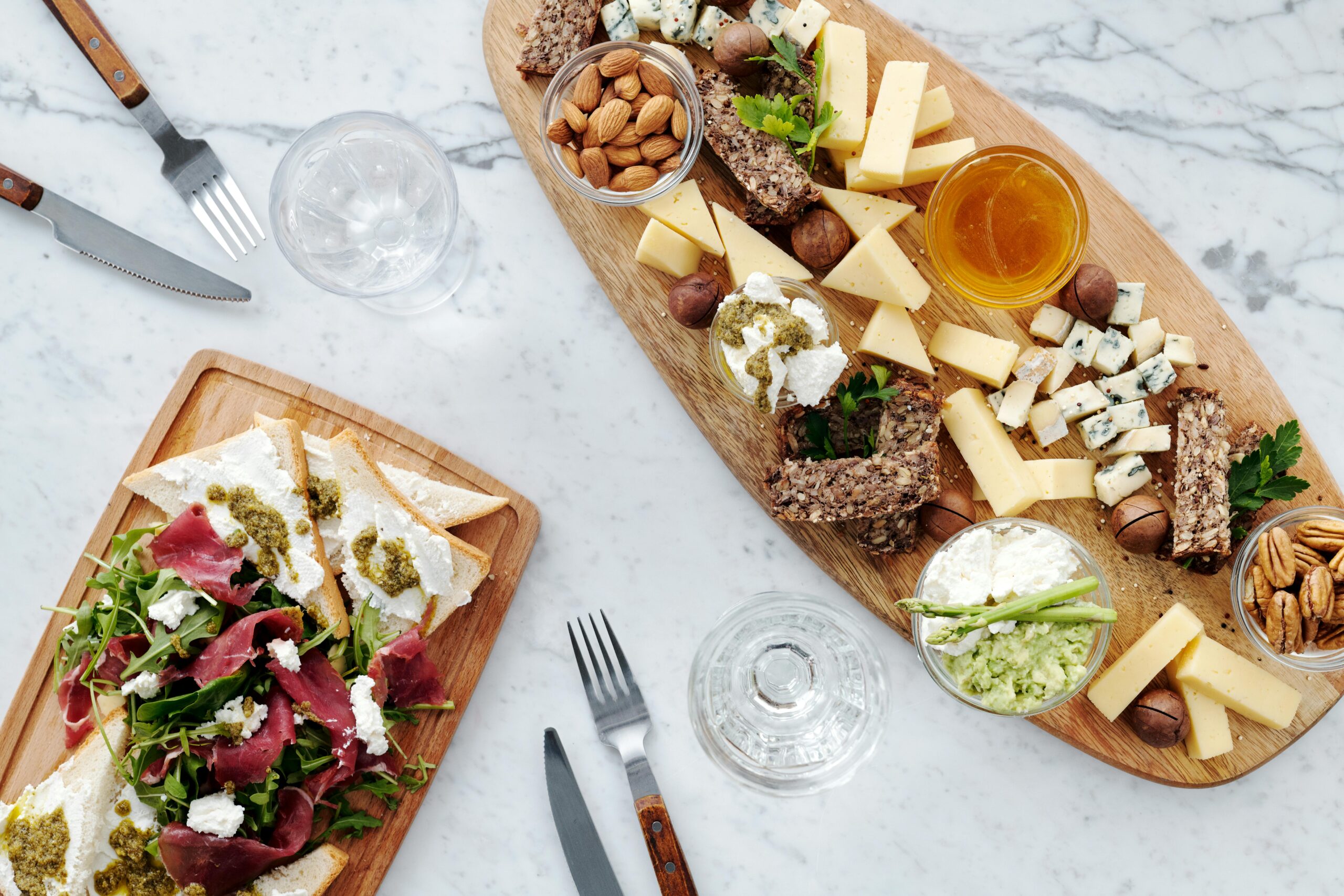NEW YORK CITY – Call it “Tar-zhay magic.” Retail titan Target boasts an extremely loyal customer base. Consumers love Target for multiple reasons – not the least of which is the fact the retailer is a one-stop shop for most essentials.
But how does Target keep up with evolving consumer demands?
That was one key topic examined at the recent National Retail Federation’s 2025 Big Show, in New York City’s Javits Center. A panel titled “Unmistakably Target: The power of ‘Tar-zhay’ in a Competitive Environment,” featured Rick Gomez, executive VP and chief commercial officer of Target.
Gomez talked to the crowd about the modern American consumer and three key attributes that stand out: resilience, resourcefulness, and intentionality. These qualities not only define who the consumer is, but also show how Target, as a brand, engages with them.
Resilient: The American consumer has faced unprecedented challenges in recent years – from the COVID-19 pandemic, supply chain disruptions to geopolitical tensions and natural disasters. Yet, they have often demonstrated resilience.
Despite adversity, consumers continue to move forward, display resilience, and find ways to thrive.
Resourceful: The American consumer is highly resourceful, especially when it comes to managing their budget. They work hard to stretch their budget, making savvy decisions about where and how they spend their money.
Gomez noted how, during Circle Week in October 2024, the store saw record participation. Consumers planned their purchases carefully to take advantage of the best deals, showing not only their resourcefulness but also their strategic approach to shopping.
Intentional: Whether it’s shopping for essential items or indulging in special moments, today’s shopper makes deliberate choices about what to buy and when. For example, during Christmas and Thanksgiving, the American consumer is willing to buy something that they really want and willing to spend on what matters most to them. Consumers are also prioritizing must-have items – evidenced by how Target saw significant demand on items like Taylor Swift’s Eras Tour book.
But who, exactly, is the typical Target customer?
Target shoppers tend to be diverse people of all ages and walks of life. That diversity doesn’t happen by chance; it’s the result of intentional efforts in assortment planning, store experience, and marketing strategies designed with inclusivity in mind.
Gomez feels Target caters to all stages of life from childhood to adulthood. This “grow with Target” approach ensures that the company remains relevant throughout different phases of the consumers’ lives.
Target’s marketing strategy is built around relevance, engagement, and personalization. The company works to stay connected with consumers through campaigns and a strong presence on social media platforms.
Gomez said Target has more followers on Instagram and TikTok than any other retail brand.
Even though Target works to be at the forefront of retail experiences, the retailer acknowledges that its customers face various challenges – like rising costs. Here’s how Target hopes to aid consumers in today’s climate:
- Affordability: Target offers competitive pricing across thousands of everyday essential items.
- Convenience: Recognizing that people are busier than ever, Target provides solutions like drive-up services and home delivery options.
- Inspiration: Amid budget constraints, consumers still seek moments of joy. Target aims to play a role in bringing everyday inspiration through its store experience, and marketing campaigns.
Brands and Partnerships
Target’s success lies in its ability to strike a balance between offering national brands, smaller emerging brands, and its own private labels. Consumers value both the familiarity of established national brands and the excitement of discovering new, innovative products.
Target brands are a significant part of the retailer’s assortment strategy. By closely monitoring trends and staying attuned to consumer preferences, Target ensures that their private label products remain on-trend.
Partnerships, meanwhile, are also cornerstone of Target’s strategy. The store has collaborated with more than 100 designers and brands to create exclusive collections. One notable example was Target’s recent collaboration with “Wicked,” which included roughly 100 exclusive items.
Additionally, Gomez noted how Target tries to stay on top of the emerging trends by adopting an agile operating model that allows them to bring trending products to market in as little as eight weeks, down from the previous 27-week timeline. Such strategies help ensure that the store remains relevant in a rapidly changing landscape.












